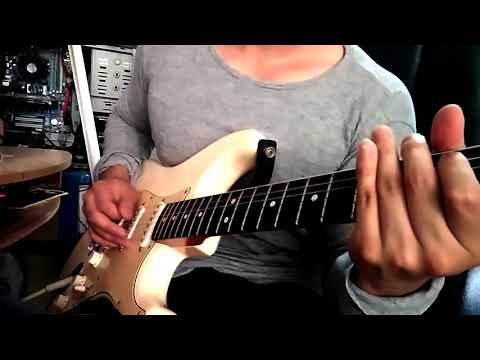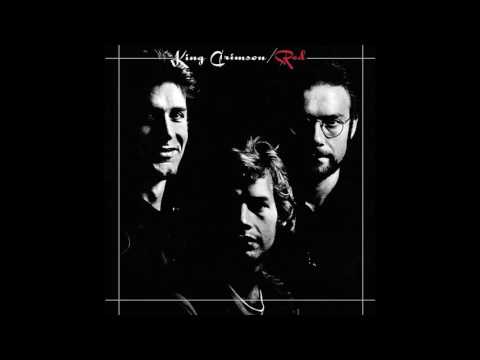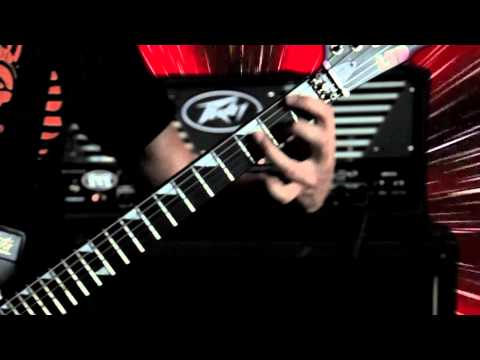As a beginner, playing the guitar is already hard enough. Scales, notes, frets, tabs, and so much more, and those are just the basics.
Then as soon as you wrap your head around it all, you figure out that there’s more than one type of guitar. Well, one of these special guitar types is known as the baritone guitar.
No, it’s not a whole new instrument, but there are some differences between it and a standard guitar. So, what is a baritone guitar? Let’s take a closer look at what it is and what makes it unique. We will also discuss why you might want to pick one up, and more.
What is a Baritone Guitar?
A baritone guitar is a special type of guitar that is defined mainly by the way in which it is tuned. Yes, a baritone guitar is tuned differently than a standard one, something we will look at in detail below. Baritone guitars are generally tuned B to B.
A baritone guitar does usually have six strings. However, it’s a long scale guitar that has a large body, larger than a standard guitar. The reason why the scale length is so long is so that the baritone guitar can accommodate heavier strings. Heavier strings make deeper tones.
To be able to tune these heavy strings to the required low notes, while also ensuring that the strings are nice and tight, those scales need to be quite long. So, in layman’s terms, a baritone guitar is a large bodied, thick stringed, long scaled guitar that is tuned B to B.
That said, some choose to tune their baritone guitars differently. The standard for a baritone is of course B to B, or B1–E2–A2–D3–F♯3–B3. However, other tunings may also be used. These include A to A or A1–D2–G2–C3–E3–A3 and C to C or C2–F2–B♭2–E♭3–G3–C4.
Baritone vs Standard Guitar
In case you still aren’t sure what the main differences between standard guitars and baritone guitars are, let’s sum it up. Now, do keep in mind that both electric guitars and acoustic guitars can be baritone.
- Baritone guitars have larger bodies than standard guitars, often substantially so.
- Baritone guitars have a longer scale length. For those that don’t know, the scale is the distance from the saddle on the bridge to the nut. Baritone guitar scale lengths can be as long as 30.5 inches, and usually always at least 27 inches. Standard guitar scale length usually ranges from 24.75 to 25.5 inches.
- Baritone guitars have thicker and heavier strings, as they are designed to make lower tones. Baritone guitars generally use either 13 gauge or 14 gauge strings, although 12 gauge is used occasionally as well. Standard guitar strings aren’t as thick or heavy.
- The other major difference here is of course tuning. Standard guitars are tuned E to E or E2–A2–D3–G3–B3–E4. Baritone guitars are usually tuned a perfect fourth lower than this, at B to B or B1–E2–A2–D3–F♯3–B3.
Why You Might Want to Try One
You might be thinking what the big deal here is and why you would ever pick one of these guitars up. The reason for it is simple, creativity and innovation. If you’ve been playing a standard guitar for a long time, you might be getting tired of hearing the same notes.
Sure, there are plenty of riffs, but eventually they all kind of sound the same. If you pick up a baritone guitar, all of a sudden, everything sounds a bit different. Yes, it sounds a bit deeper.
Many people will switch to baritone guitars for a good change and some new inspiration. Plus, if you want to recreate some of your favorite rock and metal songs, a baritone guitar is often called for. This is something we will take a quick look at further below.

Baritone Guitars – A Short History
The baritone guitar has been around for well over 100 years. In fact, this is an invention that comes to us from Germany. Of course, seeing as it is over 100 years old, the first baritone guitar was obviously acoustic in nature.
However, the baritone electric guitar then became quite popular in the 1950s and 1960s. This is especially the case when popular brands such as Danalectro and Fender started to produce them.
One of the first famous musicians to use a baritone guitar, whom you might know, is Duane Eddy. This man was known as the forefather or rockabilly music. The baritone then became very popular in surf rock, in country music, and even for so called spaghetti western movies too.
Today, one of the biggest music types that uses a lot of baritone guitars is heavy metal. If you are a metal fan, you know that the tones are often very deep. This is of course where the baritone guitar comes into play.
Baritone Guitars in Music – Who Plays Them?
Before we wrap things up, let’s take a quick look at some of the most famous musicians and bands that use(d) baritone guitars.
- Cannibal Corpse’s Pat O’Brien was well known for using baritone guitars.
- Metallica’s James Hetfield used a baritone guitar for some songs on St. Anger.
- Famous band Machine Head often uses baritone guitars for many of their pieces.
- Deftones’ Steven Carpenter began using a baritone guitar in the early 2000s.
- Benjamin Burnley of Breaking Benjamin uses down tuned baritone guitars.
- Some of Van Halen’s songs were also played on baritone guitars.
- Joe Perry from Aerosmith uses a baritone bass.
- Dave Matthews from the Dave Matthews band is also known for using baritone guitars.
- Foo Fighters’ Pat Smear has been using a baritone guitar for the last decade.
- There are also an array of jazz musicians who have been known to utilize the baritone.
The Bottom Line on Baritone Guitars
While baritones are guitars, they are built a bit different, and they sound deeper too. It’s a great type of guitar to try out for anybody who wants to try something new. This is especially the case for up and coming rock and metal musicians.




















